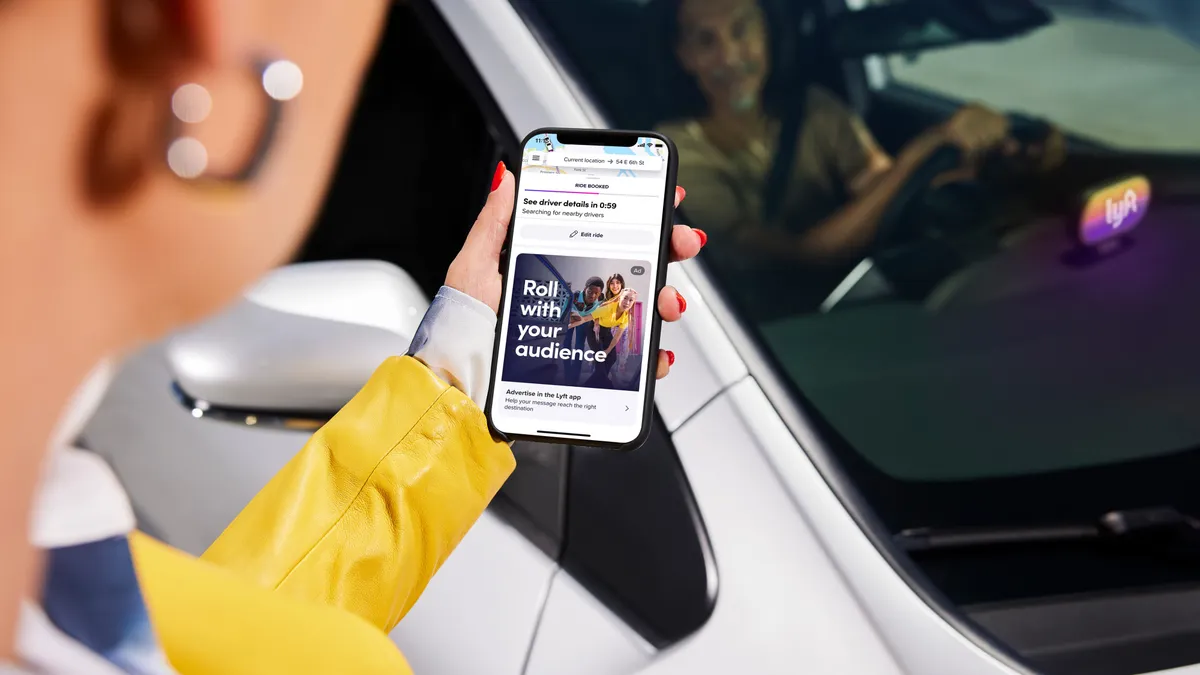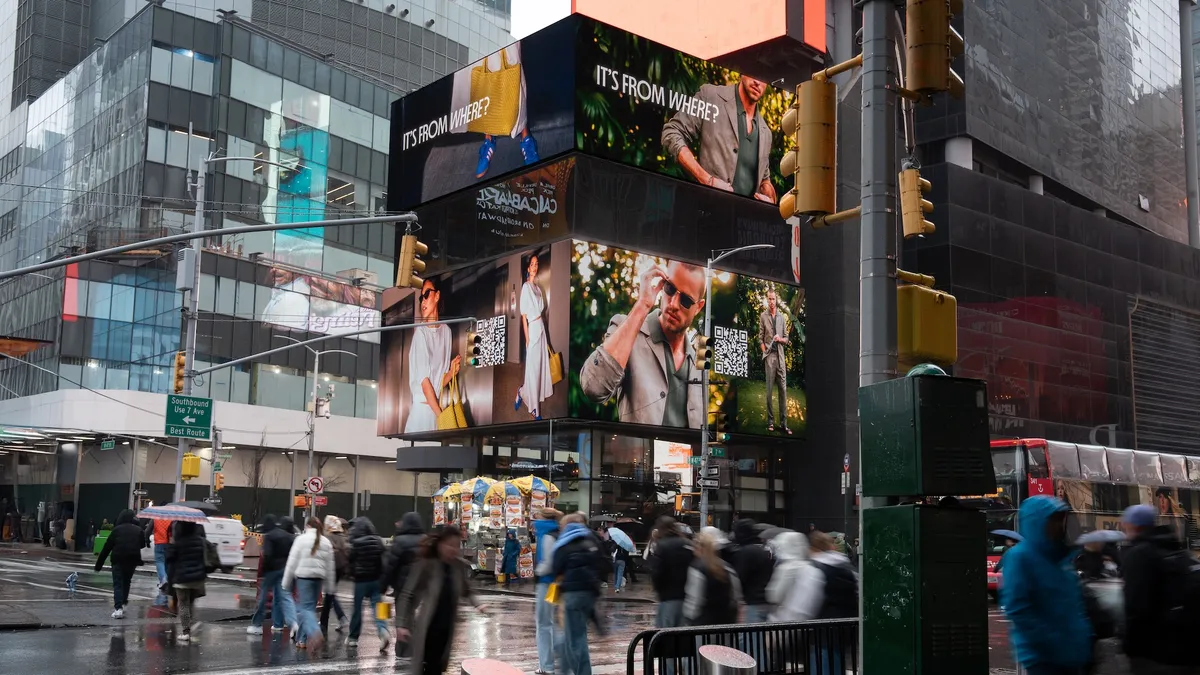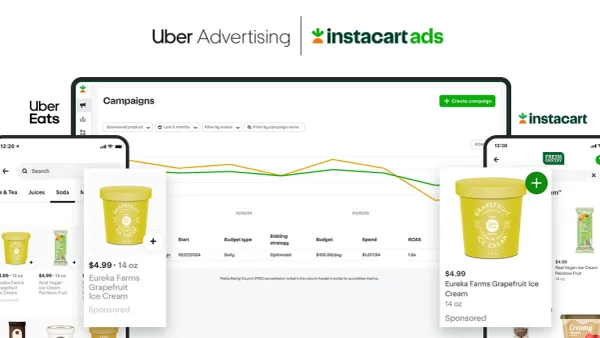The digital ad market in 2023 is showing signs of recovery with tech earnings midway through the year pointing to a return-to-positive and marketers displaying a sense of bullishness around their social media spending. However, as industry titans Meta and TikTok begin to explore the possibility of ad-free subscription tiers, another wave of uncertainty could be around the corner.
In response to tightened EU data privacy regulations, Meta recently proposed to regulators a new ad-free monthly paid subscription option for European users of its Facebook and Instagram platforms, The Wall Street Journal reported. Meanwhile, TikTok is exploring its own similar offering, per separate reports, and is currently testing the offering outside the U.S. The move could bring new considerations to marketers in charge of doling out social media dollars, though that likelihood is to be determined by the consumer, said Amy Rumpler, senior vice president of search and social media services at Basis Technologies.
“I personally think that the impacts will probably not be as high as people are fearing, but certainly there will be some amount of impact based on the number of people that actually end up opting into this,” Rumpler said.
While details surrounding Meta’s plans are somewhat limited, the social media giant is reportedly looking to charge European users roughly €10 each month, or about $10.50, for ad-free browsing for Instagram or Facebook on a desktop along with an additional €6 per linked account, WSJ reported. On a mobile device, that charge would increase to €13 a month to account for commission charges by Apple and Google around in-app purchases. For TikTok, the monthly charge is reportedly going to be $4.99 — a drop in the bucket compared to Meta’s plan.
The impetus, at least in Meta’s case, for introducing an ad-free option is pressure from the EU around its new Digital Services Act, which will allow European users to opt out of all personalization stemming from the use of their data, including ads. However, less data insights could damage the algorithm-driven user experience, which helps explain why Meta is attempting to offer its ad-free option as a workaround. Though, when weighing the odds of consumer adoption for those ad-free tiers, the price tag on privacy is likely to be a main factor, Rumpler said.
“I think a lot of users are perfectly willing to give up their data and their privacy in exchange for the ability to consume whatever content they want on these apps for free, and I think for other users, they care about it a lot more and then they might be willing to pay $5 or $10 or $13, whatever the final price ends up being in order to make sure that their data is not being utilized,” Rumpler said.
It’s worth noting that others, including YouTube and Snap, have both adopted subscription models, though the latter, Snapchat+, is still in the process of rolling out the ad-free element of its offering. X, formerly known as Twitter, is also considering adding an ad-free element to its verified program. While that could help indicate the potential for ad-free tiers on Meta or TikTok to succeed, one challenge for the giants could lie in the fact that consumers often say one thing and do another, said Jed Meyer, senior vice president and media solutions leader at Kantar, and what works for each platform could vary. In Meta and TikTok’s case, each has the breadth to test and learn.
“I think the neat thing about digital is it gives them the agility in their business model to try different things, test them and see if they work with consumers. They work with consumers, and then see if they work for advertisers, and they keep iterating,” Meyer said.
Blending into the experience
While price and interest in privacy are two main factors that could determine whether consumers opt for an ad-free Meta or TikTok experience, one aspect that Rumpler believes could curb sign-ups is that ads on social media often feel native to the environment, like on a platform like TikTok, for example, with its short-form video format commanding a unique strategy from advertisers.
“Since TikTok was released in the United States, all they've done is work hard to make the ad experience unobtrusive to the users that are consuming content on their platform,” Rumpler said. “So I think a lot of people are perfectly fine with ads living in that environment, and would probably prefer a free social account and some ads interrupting their short video content consumption compared to how they feel when they're watching Hulu or some other type of streaming environment.”
Further, ads on a platform like YouTube, where users may be watching a video for 30 or 60 minutes, could feel more intrusive than on a platform like TikTok, where users could still be spending 30 or 60 minutes of their time, but instead are watching a slew of content in rapid succession, the exec added.
“I still think that the way the platforms were built, it’s like built on this quick consumption scrolling habit and it’s just a different mindset,” Rumpler said. “I think that’s the thing that’s going to be a bigger influence on how consumers feel about embracing a paid version of those platforms.”
Shifting social bets
The new possibilities around ad-free social media arrive as marketers ramp up spending in the category, with 51% of media decision-makers on the brand and agency side of the business intending to up their investments in the category this year. Additionally, global advertising is forecast to grow 4.4% this year, with five companies — two of those being ByteDance and Meta — expected to attract 50.7% of global spending, according to WARC data.
The developments also come as advertising spend within social is experiencing shifts, said Darrick Li, vice president, North America media owners at Guideline. For example, advertising revenue on X has receded over 50% year-over-year in August, while ad revenue on TikTok was up over 70% within the same timeframe, per U.S. agency invoicing data shared by Guideline, the company that owns Standard Media Index. Meanwhile, Meta this year has been able to maintain positive revenue growth after a low period.
“As dollars continue to shift within the social sphere, it will be interesting to see where the platforms net out if ad-free social offerings enter the broader global market,” Li wrote in emailed comments to Marketing Dive.
While buy-in from consumers on Meta and TikTok’s ad-free tiers could play a role in determining advertiser budgets down the line, audience size isn’t the only factor for marketers to contemplate when choosing to activate across the two giant’s properties, Rumpler added.
“It’s also about, are the ads that are still available effective to influencing advertisers’ business goals? If the answer is yes, they might be okay with sacrificing a little bit of reach and their core desired audience in exchange for performance still being strong, so I think a lot of advertisers probably won’t do anything differently,” Rumpler said.
It’s important to note that neither Meta or TikTok at this point have indicated that they plan to bring an ad-free option to the U.S., though Rumpler could see the offerings taking on a more global scale if other countries crack down on privacy similarly to the EU. Time — and future earnings statements — will also help shed insight as to whether the offerings warrant being replicated.
“Three, four of five months from now, after we have some data on whether or not this model is working in Europe, I think that’s when we’re going to start to hear, going into next year, a lot more conversation about well, is this something that we could replicate, or maybe could work in the United States?” Rumpler said.























